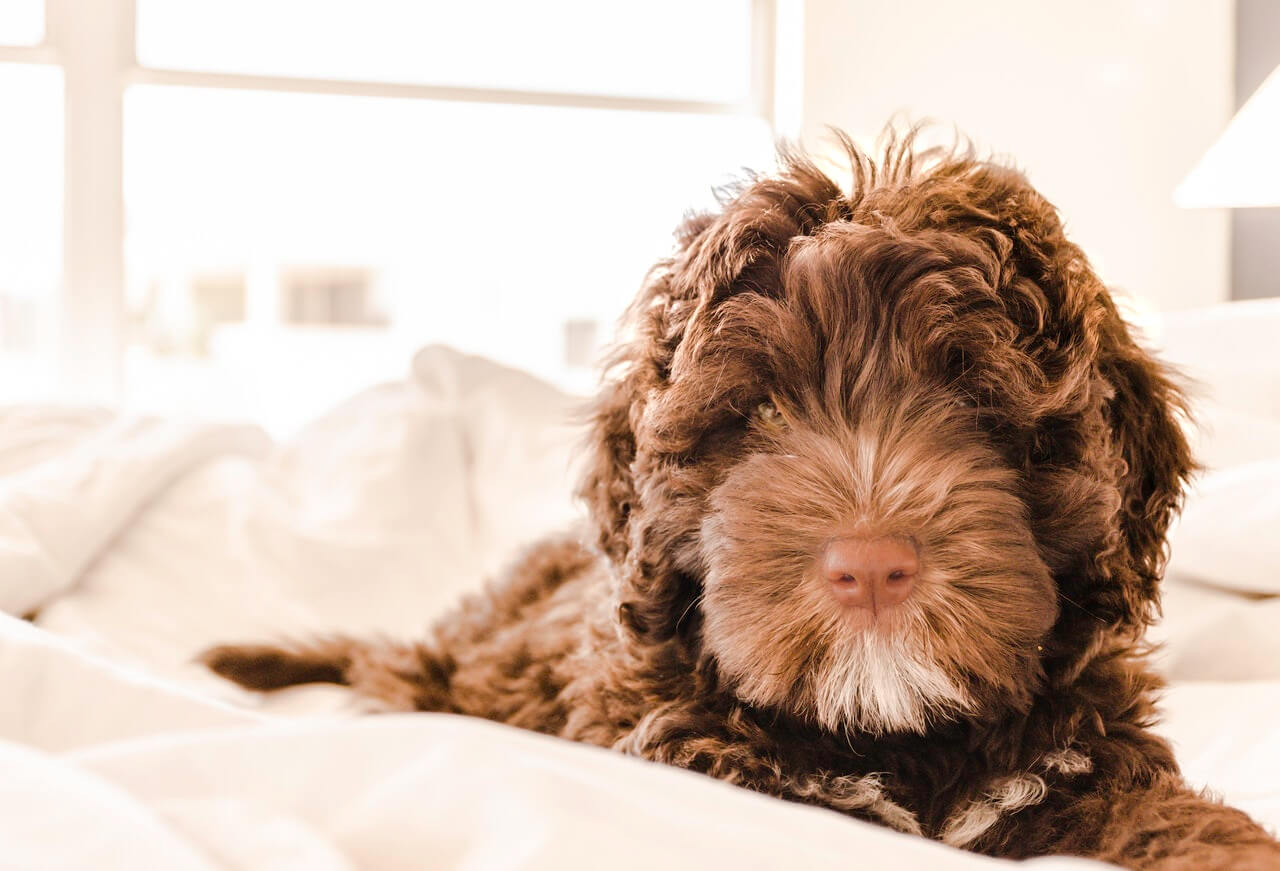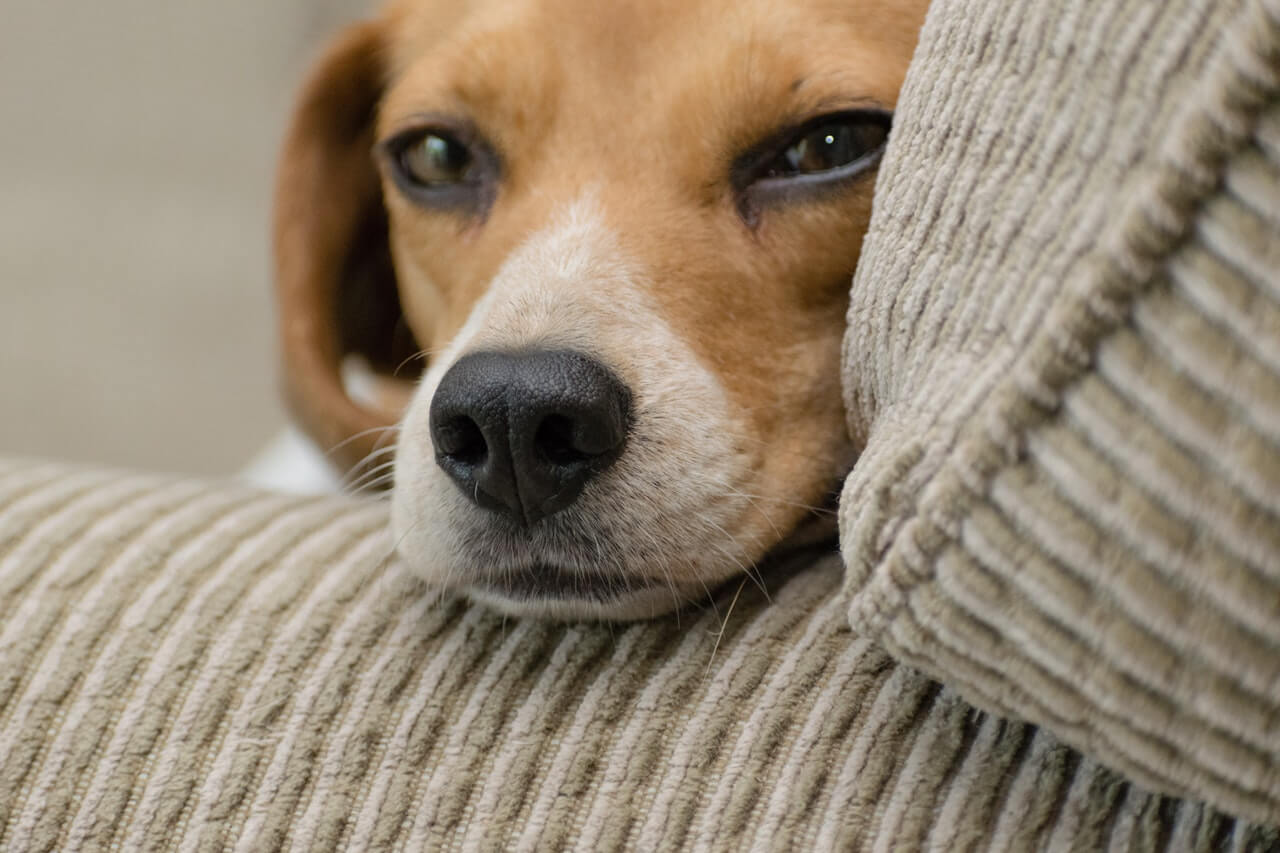2019-03-20

Having one or more pets means that you have the responsibility to take care of him/them. The responsibility is not limited to providing food, water and other supplies. You need to set your schedule, including social activities, errands, and working hours, as your schedule is directly related to how long you leave your pet at home. Many people living alone with their pet have to work and commute more than eight hours a day. In addition, they have to run errands and participate in social activities, so it is not unusual for a pet to stay at home for 10 to 12 hours. Unlike other independent animals, dogs need and enjoy the company of humans. Therefore it is a torture for dogs if they have to stay home alone for a long time. Read on to find out how long a dog can stay home alone and what the risk is during that time.
1. Consider health problems
If your dog is home alone, the most common problem is the toilet problem. How long your dog can stay in the house without having to go to the bathroom depends on age and varies from dog to dog. In general, puppies and senior dogs need frequent breaks due to bladder size/weakness and certain health conditions. Here are the “holding” times for dogs in different stages of life.
Puppies: How long they can hold it depends on their age and increases approximately by one hour each month. For example, a puppy at the age of four months can “hold it” for a maximum of four hours.
Adult dogs older than one year: When the size of the bladder gradually increases, the pauses can last up to 8 hours.
Senior dogs over 8 years old. Due to some health problems or for some dog breeds, the time limits vary between two and six hours.
However, experts point out that holding pee or poo can affect the health of pets, resulting in certain diseases such as urinary tract infections and kidney stones. Holding the urine for a long time can also cause discomfort and lead to accidents in the home. It is advisable to provide a potty break every four to six hours. If you can not get home at lunchtime to walk your dog, a dog walker is a good option for you and your dog alike.
2. Take account of physical exercise
Exercise is essential for all creatures, including humans and our dogs. Walking the dog forces us to go outside, which can minimize the risk of many diseases, especially for middle-aged people. Additionally, from the perspective of our dogs, proper exercise helps them to:
• Burn calories
• Maintain the health
• Stimulate the digestion
• Refresh the mind
Exercises for dogs may vary in intensity and length depending on breed, age, and health status. The daily stretching of the legs every is a minimum of physical activity, but more demanding sports such as running involve more exercise, which is suitable for energetic dogs. In general, 60 minutes of activity is the minimum every day, but should not be continuous. Make sure they take two brisk walks of 20 to 30 minutes per day.
Spending quality time with your dog offers you more opportunities to socialize with the surrounding area, which is good for people who suffer from mental disorders such as social anxiety.

3. Mental activity
Apart from physical health and physical activity, mental activity is an important factor that we need to worry about before leaving home. Mental activity is invisible but directly affects their emotion, behavior and physical health. Therefore, we should pay much attention to the mental changes of our furry friends. Puppies need a lot of mental stimulation throughout the day. Otherwise, they can get bored and behave destructively. For example, chewing or soiling things and barking at the window, when they stay home alone. Some people use crates to prevent their dog from further damaging the house. In fact, their destructive behavior is always the result of long isolation in the crate. The enclosed crate increases the dog’s stress and limits its ability to interact with its environment. If the principal reason for using a crate is to avoid destructive behavior during our absence, a better approach would be to correct this behavior through house training.
Whether it is a training course, an exciting walk with a dog sitter, a canine companion, or indoor games, a variety of activities can keep your dog happy during the time when you are not there.
Also, we should not be forced to go back home just because of a toilet break. Being a companion for our dogs is not only our duty but also a chance to calm our emotions after a hard day’s work.